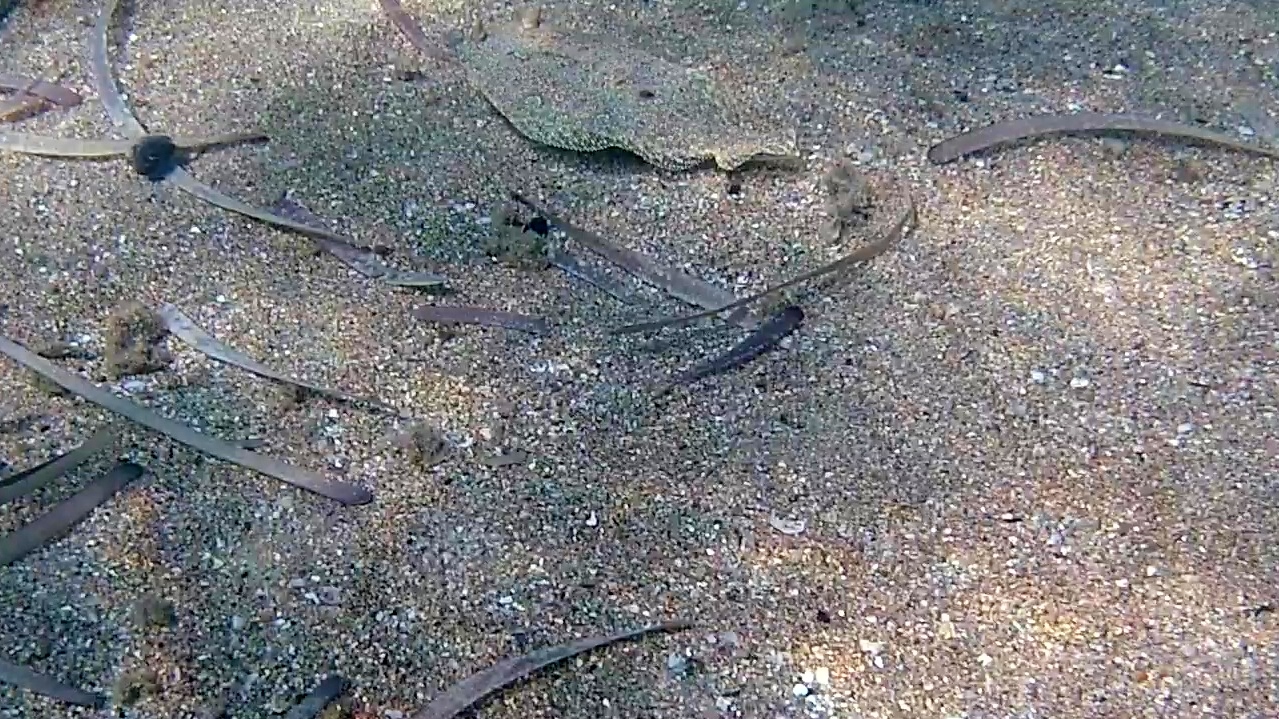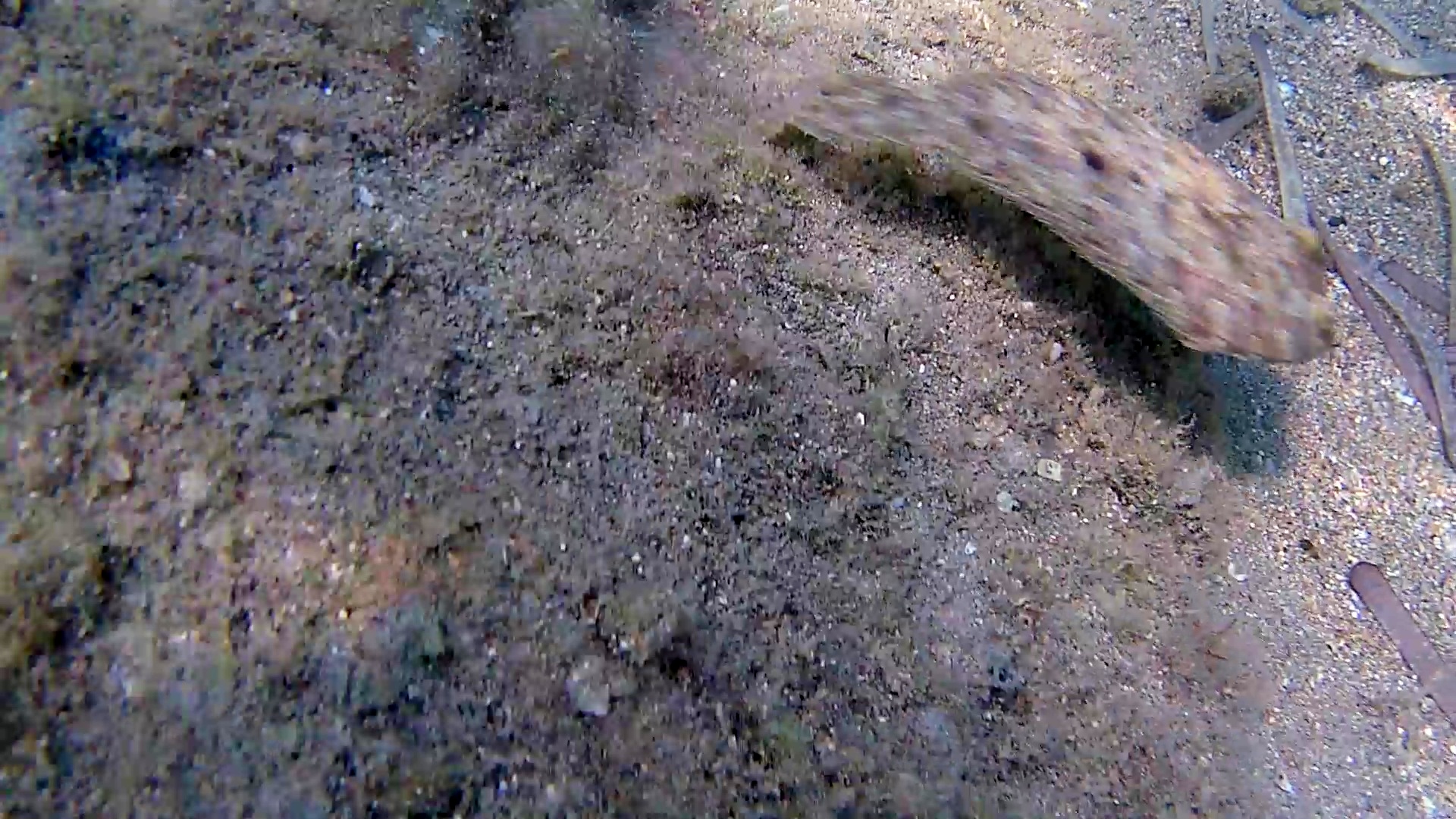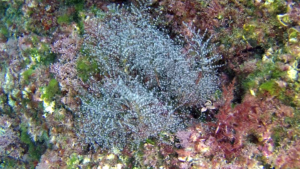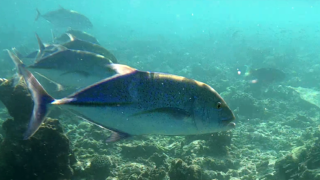
Bothus podas, also known Wide-eyed flounder, belongs to the class Osteichthyes, to the subclass Actinopterygii, order Heterosamata, family Bothidae. Rombo di rena Bothus podas Bothidae. intotheblue.it
The flat body has an ovalesque shape, the eyes are on the left side of the head. The roar of sand has a fairly modest size, in fact it reaches a maximum length of 20 cm. According to the environment where live the coloring lives varies from grey to beige or brown; The lower part is white in color. It has a great ability to hide in the sand and to quickly change the color of the skin to better camouflage itself and escape predators as you can see in our short video. It lives on the sandy seabed of the Mediterranean Sea, of the Atlantic Ocean from Angola to the Azores, and we find it already a few meters deep. Rombo di rena Bothus podas Bothidae. intotheblue.it

Il Rombo di rena – Bothus podas – Wide-eyed flounder – intotheblue.it

Il Rombo di rena – Bothus podas – Wide-eyed flounder – intotheblue.it
Much of the Mediterranean coast enjoys a hot-summer Mediterranean climate. However, most of its southeastern coast has a hot desert climate, and much of Spain’s eastern (Mediterranean) coast has a cold semi-arid climate. Although they are rare, tropical cyclone occasionally form in the Mediterranean Sea, typically in September–November.
Because of the short residence time of waters, the Mediterranean Sea is considered a hot-spot for climate change effects. Deep water temperatures have increased by 0.12 °C (0.22 °F) between 1959 and 1989. According to climate projections, the Mediterranean Sea could become warmer. The decrease in precipitation over the region could lead to more evaporation ultimately increasing the Mediterranean Sea salinity. Because of the changes in temperature and salinity, the Mediterranean Sea may become more stratified by the end of the 21st century, with notable consequences on water circulation and biogeochemistry.
 English
English Italiano
Italiano



